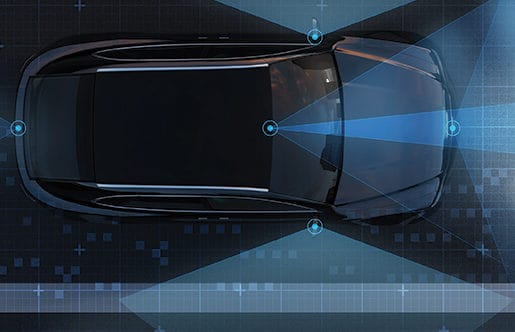|
Photo Credit: AAA
Many drivers don�t fully understand partially automated driving systems according to a new AAA study. Researchers say that 40 percent of drivers surveyed misjudged a system�s capabilities based on their names like Autopilot, ProPILOT or Pilot Assist. They mistakenly think those systems give vehicles the ability to completely drive the car by itself. Millennials and Generation X drivers are more likely to expect that these systems have the ability to drive the car by itself than Baby Boomers. This is one reason the delivery process is so important when you buy your new car. It�s a process that as we always say should not be rushed. Take the time to learn about your new vehicle�s capabilities while at the dealership. Ask questions and become familiar with any technology on your new vehicle. AAA recommends new vehicle owners:
Real World TestingAAA also did some of its own testing to see how well some of these semi-autonomous systems performed in real-world driving conditions.Four test vehicles were selected (2018 Mercedes-Benz S-Class, 2018 Nissan Rogue, 2017 Tesla Model S and 2019 Volvo XC40) using specific criteria and each test vehicle was outfitted using industry‐standard instrumentation, sensors and cameras to capture vehicle dynamics, position data and braking intervention. Researchers found their vehicles struggled in many common driving scenarios that included moderate traffic, curved roadways and streets with busy intersections. Researchers noted many instances where the test vehicle experienced issues like lane departures, hugging lane markers, �ping-ponging� within the lane, inadequate braking, unexpected speed changes and inappropriate following distances. AAA�s study also revealed that nearly 90 percent of events requiring driver intervention were due to the test vehicle�s inability to maintain lane position. AAA says its testing found the systems generally performed best on open freeways and freeways with stop and go traffic. It recommends drivers:
Americans Trust In Autonomous Vehicles SlipsMeanwhile, Americans still don�t have much confidence in self-driving systems. A May AAA study found that Americans weren�t as confident about self-driving systems as they were at the end of 2017. This followed several high profile accidents involving autonomous vehicles. Seven-in-ten (73%) U.S. drivers said they would be afraid to ride in a fully self-driving vehicle, up from 63 percent at the end of 2017. Additionally, two-thirds (63 percent) of U.S. adults reported they would actually feel less safe sharing the road with a self-driving vehicle while walking or riding a bicycle. |
|
|
|


